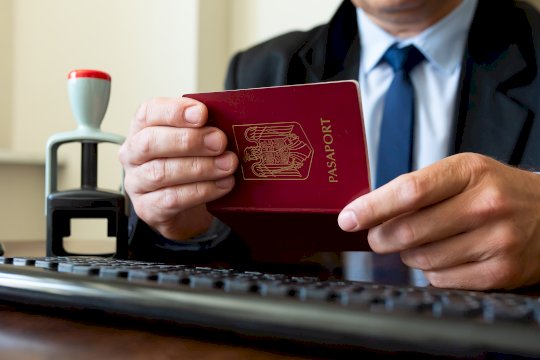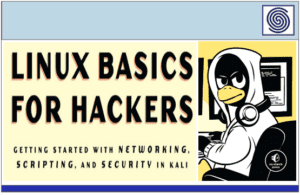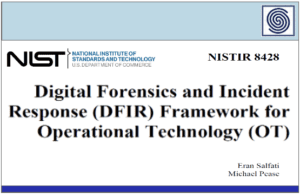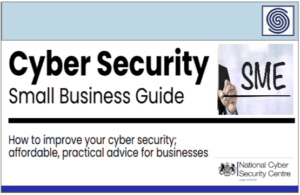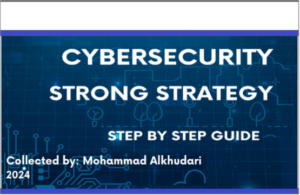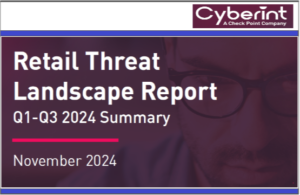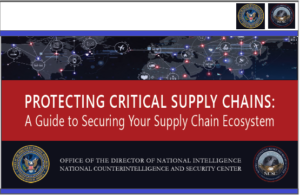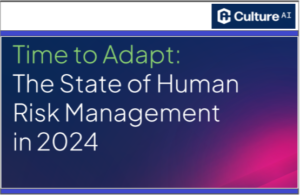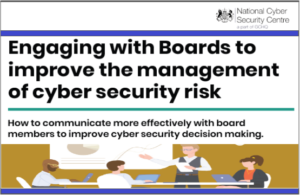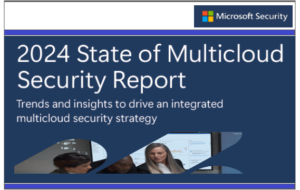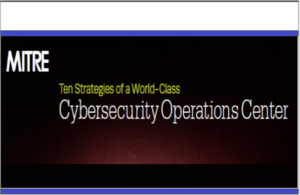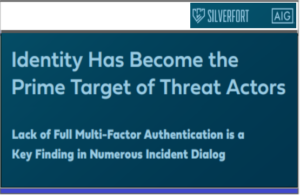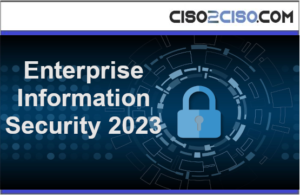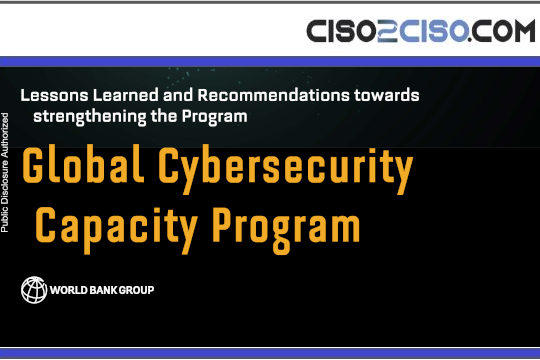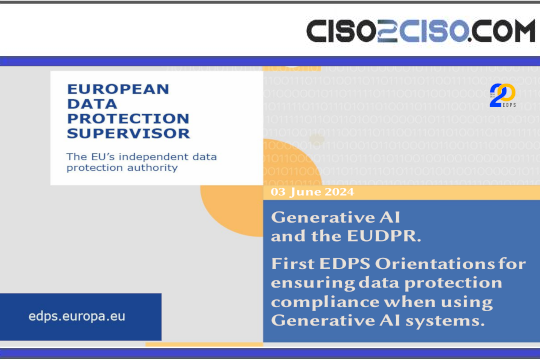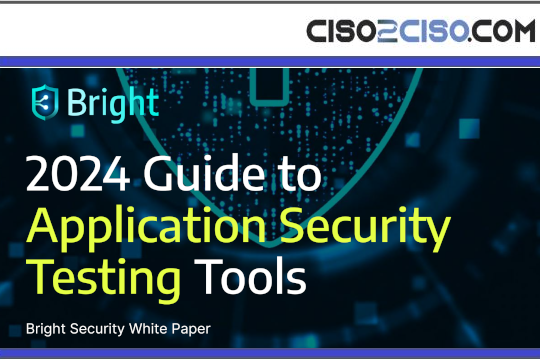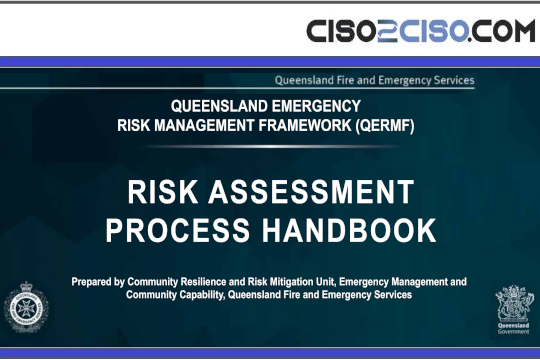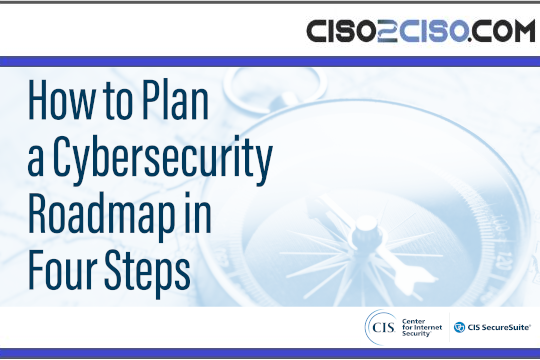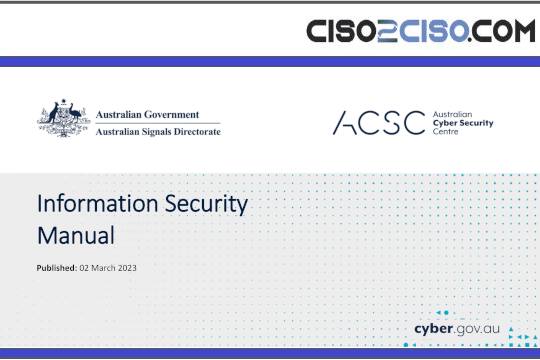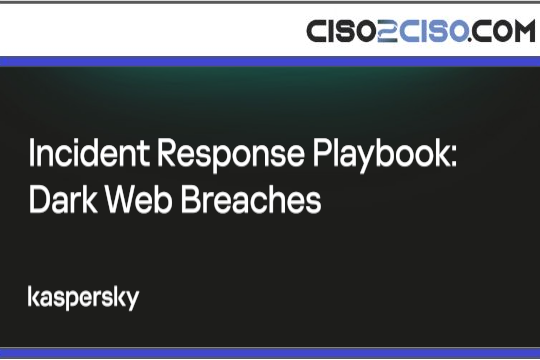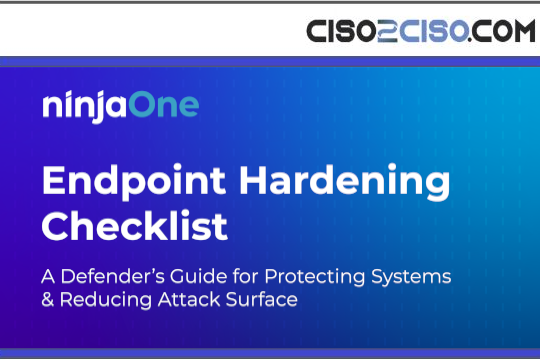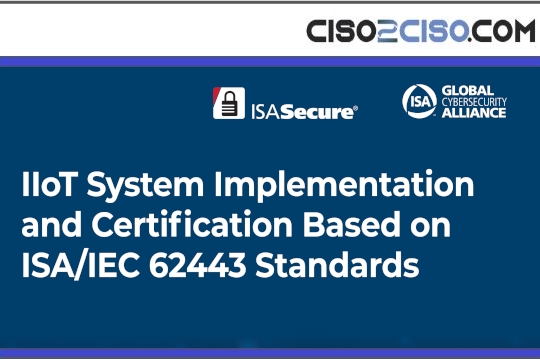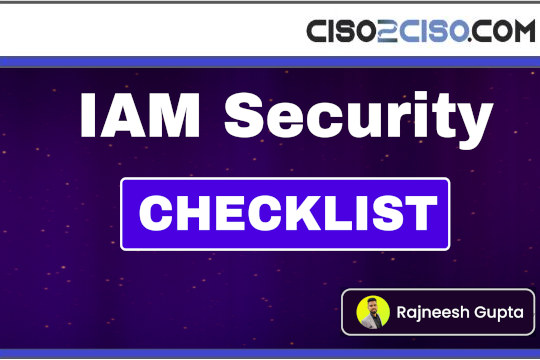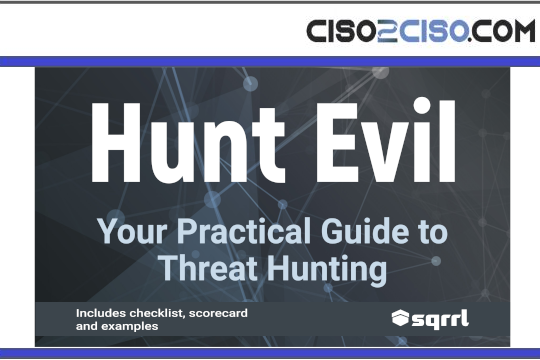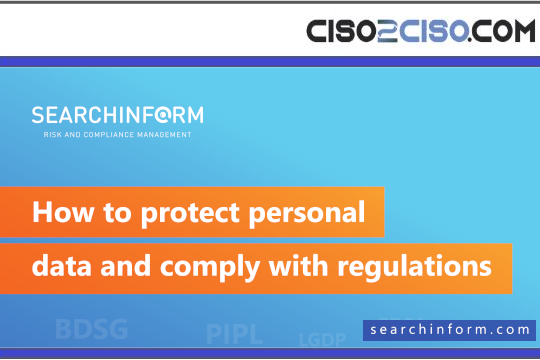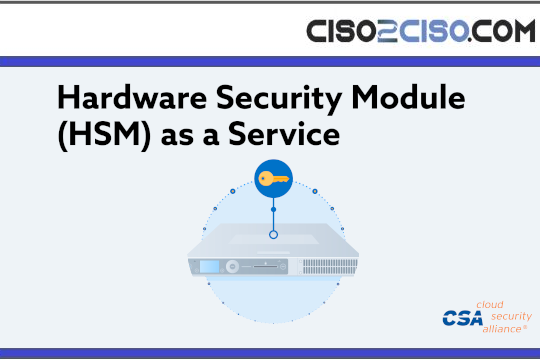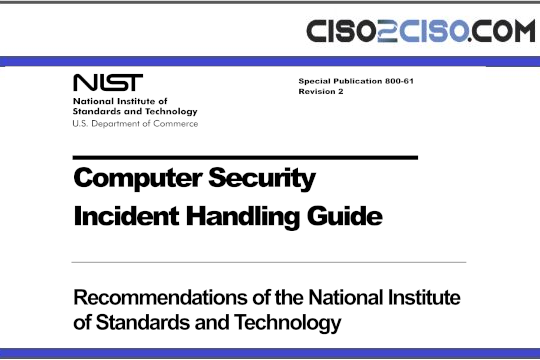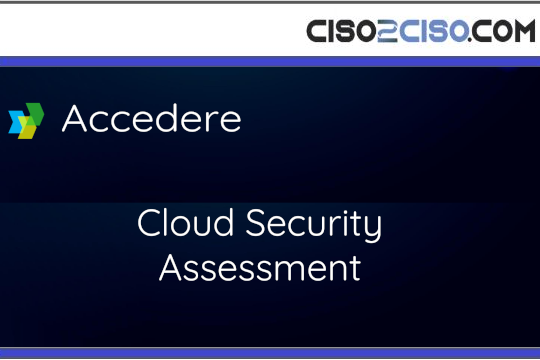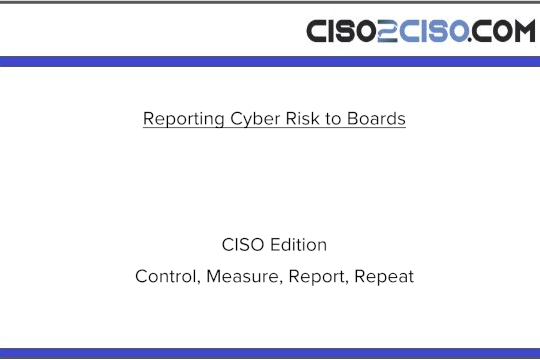Source: www.csoonline.com – Author:

Opinion
Jul 2, 20256 mins
Data and Information SecurityMobile SecuritySecurity Practices
Business travel in an age of geopolitical conflict and control introduces new and greater risks for organizations of any size. CISOs and their C-suite colleague must establish strategies that reduce exposure abroad.
In today’s heightened geopolitical climate, business travel is no longer a routine operational necessity — it’s a strategic exposure. Whether you’re operating across six continents or sending one specialist to a trade show abroad, travel carries risk. Corporate espionage, digital surveillance, regional conflicts, and border scrutiny are no longer fringe concerns — they’re frontline considerations.
From global enterprises with sprawling footprints to lean small and midsize firms entering new markets, the reality is clear: If your people cross borders, your business is crossing into risk.
For global enterprises: Reach equals visibility — and exposure
Large organizations often operate in dynamic international environments. Whether conducting business in the Indo-Pacific, Europe, the Middle East, or Africa, enterprise travelers encounter an evolving threat matrix:
- Geopolitical flashpoints are multiplying: The war in Ukraine continues to destabilize Europe’s eastern edge. In the Middle East, recent US airstrikes on Iranian nuclear facilities have escalated tensions involving Iran, Israel, and the United States, triggering a worldwide caution advisory and rerouting international air traffic. Demonstrations targeting Western business interests are growing in scale and intensity across several regions.
- Device inspections and surveillance are on the rise: Countries, including China, Russia, and Gulf states, routinely search traveler devices or compel password disclosures. Every nation has the ability and remit to conduct interviews, conduct searches, and otherwise engage with the traveler at their discretion. Their border, their rules. I have found myself sitting in secondary inspection with my devices on more than one occasion in a variety of countries, including Australia.
- Enterprise travelers are attractive targets: Your insiders, executives, and engineers often carry more than luggage — they transport sensitive IP, network credentials, and a whole lot of knowledge. Foreign intelligence services and corporate competitors know this.
For SMEs: Lean doesn’t mean invisible
Smaller firms often underestimate their exposure. But adversaries look for leverage and the small to midsize enterprise (SME) can’t opt out of the adversaries targeting matrix:
- Startups and consultants often carry disproportionate value — unique ideas, niche tech, or government access.
- Subcontractors and vendors become attractive paths into larger ecosystems through compromise.
- Limited infrastructure means that one compromised laptop, social engineering attempt, or denied entry can have outsize consequences.
SMEs must not mistake agility for insulation. The lack of a formal travel security program is not a feature — it’s vulnerability.
Border realities: The US is no exception
Crossing into the United States is increasingly fraught, particularly for foreign nationals. US Customs and Border Protection (CBP) has the legal authority to inspect travelers’ digital devices without a warrant. This includes citizens, green card holders, and visitors.
Best practices, based on guidance from the Electronic Frontier Foundation (EFF), include:
- Traveling with clean devices, stripped of sensitive information
- Using strong encryption and non-biometric passphrases
- Powering down devices before border crossings
- Understanding legal rights at the border, including the limits of CBP authority
These precautions apply to all travelers, regardless of nationality. But the experience differs — particularly for those from countries currently affected by US travel restrictions.
The expanding US travel ban: Policy meets perception
As of 2025, the United States maintains full or partial visa bans on nationals from 19 countries. This includes Afghanistan, Iran, Libya, Somalia, and others.
What’s more, a recent State Department memo confirms that 36 additional nations — largely in Africa, Southeast Asia, and the Caribbean — are under review for possible inclusion. These countries have been given formal notice to meet US thresholds on passport security, overstay rates, and deportation cooperation.
For businesses, this presents serious planning and equity implications:
- Employees from affected countries may face unpredictable scrutiny, even if they hold valid visas or dual citizenship.
- Visa approvals and renewals may stall, disrupting projects and reducing agility.
- Staff morale may suffer, especially if individuals feel singled out for scrutiny based on nationality or background.
C-suite must acknowledge and recognize that the potential impact — not just from a policy standpoint but from a human one — is critical to preserving employee trust. As we know, when trust is eroded, risk tends to increase.
Building an effective travel security program
No matter the scale of your company, essential components of a travel security program should include:
- Pre-travel risk assessments: Evaluate destination-specific risks based on current conflict zones, cyber activity, civil unrest, and visa policy changes.
- Digital hygiene and hardware protocols: Provide loaner devices when possible. Mandate VPNs, MFA, and restricted access environments.
- Cultural and geopolitical briefings: Equip travelers with current situational awareness — legal norms, surveillance practices, and sociopolitical sensitivities.
- Traveler support channels: Offer 24/7 access to assistance for emergencies, device issues, or detainment. Include post-travel debriefs for threat feedback.
- Documentation and transparency: Publish clear travel policies and make them inclusive. Empower travelers to flag risks and opt out of high-risk assignments without stigma.
Conclusion: Size doesn’t shield — strategy does
As noted above, not all risks are adversarial; some of the travel risk is found in procedural facets or the nuances of nation-to-nation travel and immigration policies. Some nations are more xenophobic than others. It is wise to remember that multinational enterprises have global visibility. Small firms carry niche value. But every company has skin in the game when it comes to travel security, and the geopolitical climate is getting more contentious.
If you travel, you need to be secure. Whether you’re rotating international staff or sending a sole employee to a conference, your exposure rises the moment a ticket is booked.
What determines your resilience isn’t your size, it’s your foresight. And in an age of evolving global risk, that foresight begins with a smart, scalable travel security program that empowers people and protects business continuity.
SUBSCRIBE TO OUR NEWSLETTER
From our editors straight to your inbox
Get started by entering your email address below.
Original Post url: https://www.csoonline.com/article/4012846/why-every-company-needs-a-travel-security-program.html
Category & Tags: Data and Information Security, Mobile Security, Security Practices – Data and Information Security, Mobile Security, Security Practices
Views: 2

